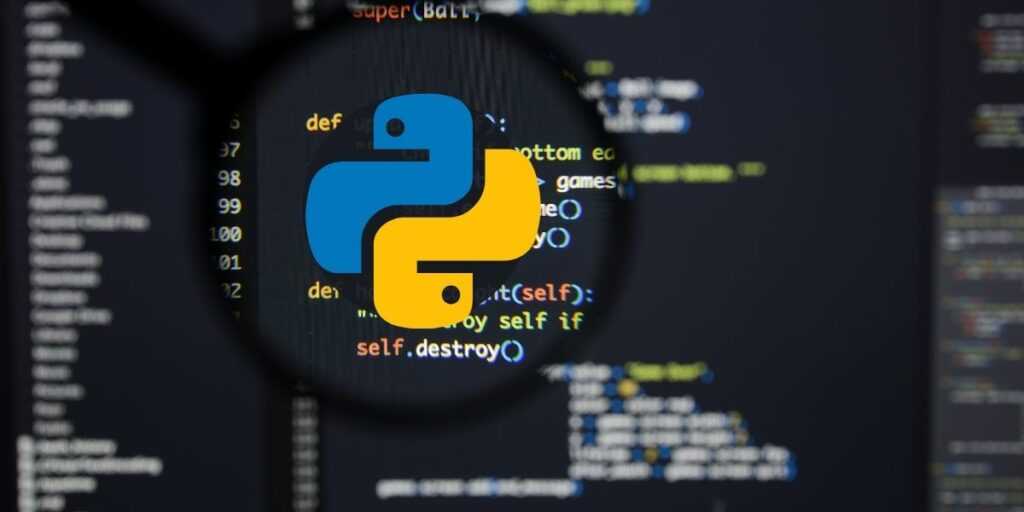
How to do Random Search Cross Validation
Random Search Cross Validation is a technique in machine learning that is used to find the best hyperparameters for a model, similar to Grid Search Cross Validation. Hyperparameters are the parameters of a model that are not learned from the data, such as the learning rate, the number of trees in a random forest, or the regularization parameter in a linear regression.
The process of Random Search Cross Validation consists of two steps:
- Define a range of possible values for each hyperparameter.
- Select random combinations of hyperparameter values and train the model using those values. Evaluate the model’s performance using cross-validation.
Cross-validation is a technique where the data is split into several subsets, called folds. The model is trained on some of the folds and evaluated on the remaining ones. This is done multiple times, and the average performance is calculated.
The Random Search algorithm will randomly select combinations of hyperparameter values within the defined range, then it will train the model using those values. After training the model, it will evaluate its performance using cross-validation. The process will be repeated several times, and the combination of hyperparameter values that resulted in the best performance as measured by cross-validation will be selected as the best set of hyperparameters.
In order to use Random Search Cross Validation in Python, you need to have a dataset that includes both the input data and the target variable values. You also need to decide on the parameters such as the model to be used, the range of values for each hyperparameter, the number of iterations and the number of folds for cross-validation.
There are several libraries available in Python to implement Random Search Cross Validation, such as scikit-learn, which provide pre-built functions and methods to perform random search and cross-validation.
Random Search Cross Validation is a faster technique compared to Grid Search Cross Validation as it doesn’t check all the possible combinations of hyperparameters, instead it randomly select the combinations. However, it may take more iterations to find the optimal hyperparameters.
In summary, Random Search Cross Validation is a technique in machine learning that is used to find the best hyperparameters for a model. It consists of two steps: Defining a range of possible values for each hyperparameter and selecting random combinations of hyperparameter values, train the model using those values and evaluate its performance using cross-validation. After repeating the process several times, the combination of hyperparameter values that resulted in the best performance as measured by cross-validation will be selected as the best set of hyperparameters. Random Search Cross Validation is a faster technique compared to Grid Search Cross Validation as it doesn’t check all the possible combinations of hyperparameters, instead it randomly select the combinations. However, it may take more iterations to find the optimal hyperparameters.
In this Applied Machine Learning & Data Science Recipe (Jupyter Notebook), the reader will find the practical use of applied machine learning and data science in Python programming: How to do Random Search Cross Validation in Python.
Essential Gigs
For only $50, Nilimesh will develop time series forecasting model for you using python or r. | Note: please contact me…www.fiverr.com
For only $50, Nilimesh will do your data analytics and econometrics projects in python. | Note: please contact me…www.fiverr.com
For only $50, Nilimesh will do your machine learning and data science projects in python. | Note: please contact me…www.fiverr.com
For only $50, Nilimesh will do your gis and spatial programming projects in python. | Note: please contact me before…www.fiverr.com